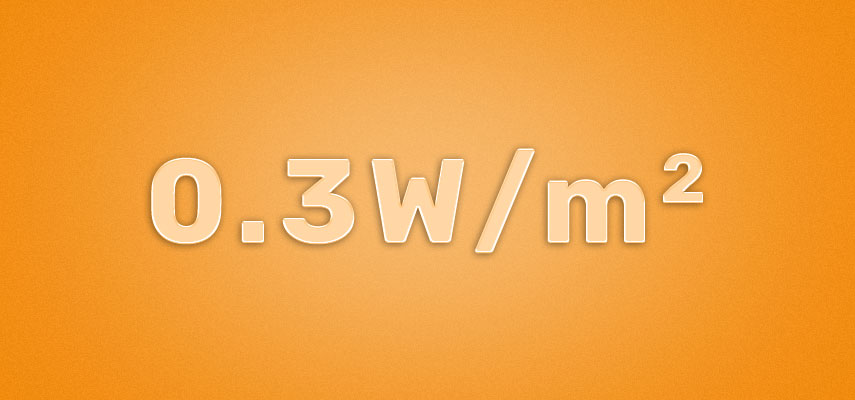
In the early 2000’s, safety officers in Finland and Spain persuaded the European Commission that the safety standard for UV tanning appliances in force at that time (BS: EN 60335-2-27:1997) failed to properly protect users of certain commercial sunbeds – in particular, it did not provide limit values on the maximum effective irradiance of UV radiation for the types of tanning devices that are covered by the scope of the standard.
The commission asked a body called the Scientific Committee on Consumer Products (known as the “SCCP”) to undertake an investigation into tanning appliances.
The following summarises the questions they were asked to consider in relation to the use of sunbeds for cosmetic purposes:
- What are the general health and safety implications (negative and positive) relating to the exposure of persons to ultraviolet radiation (UVR)?
- What are the differences between risks associated with exposure of persons to natural UVR and those risks from artificial UVR?
- Is the total dose value of UVR the only effective health and safety parameter with regard to the risks associated with exposure of persons to both natural and artificial UVR?
- What are the specific health and safety implications (negative and positive) relating to the exposure of persons to UVR from tanning devices for cosmetic purposes?
- Are limit values necessary for the irradiance of UVR from artificial sources?
- Please specify the limit values of total dose of artificial UVR above which adverse health effects will occur.
Titled ‘Opinion on Biological effects of ultraviolet radiation relevant to health with particular reference to sunbeds for cosmetic purposes’, the SCCP issued its report in 2006. As part of their conclusion they stated: “The maximum erythemally weighted irradiance should not exceed 0.3W/m2.” As a result, this limit was inserted into a revision of the standard BS:EN 60335-2-27:2010. They also recommended that no one under the age of 18 should use a sunbed (Link to the full version of the SCCP report).
In the UK, the Sunbed Regulation Act (2010) was drafted and implemented a ban on under 18’s use of sunbeds. The 0.3W/m2 limits is however enforced under the General Product Safety Regulations 2005 (GPSR). Compliance with 0.3W/m2 limit stated in BS: EN60335-2-27:2010 therefore implies a “presumption of conformity” under the GPSR (2005) legislation and defines it as a safe product.
Who does this apply to in the sunbed industry?
Regulation 2 of the GPSR (2005) states – ‘product’ means a product which is intended for consumers or likely, under reasonably foreseeable conditions, to be used by consumers even if not intended for them and which is supplied or made available, whether for consideration or not, in the course of a commercial activity and whether it is new, used or reconditioned and includes a product that is supplied or made available to consumers for their own use in the context of providing a service.
It is therefore clear that in providing a ‘service’, both operators of commercial sunbeds (Tanning salons / Hair dressers / Gyms) and suppliers / hirers of equipment for use in the home have to comply with the legislation.
